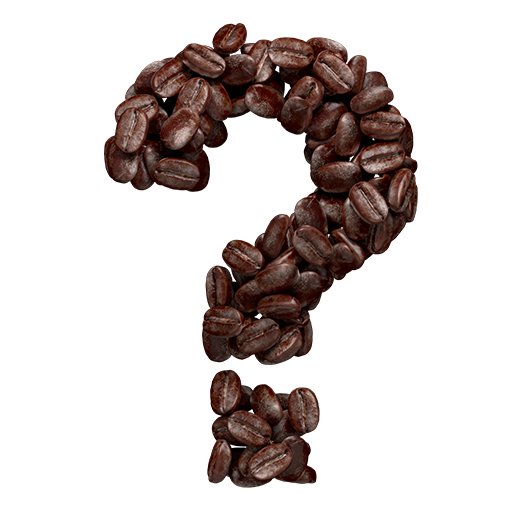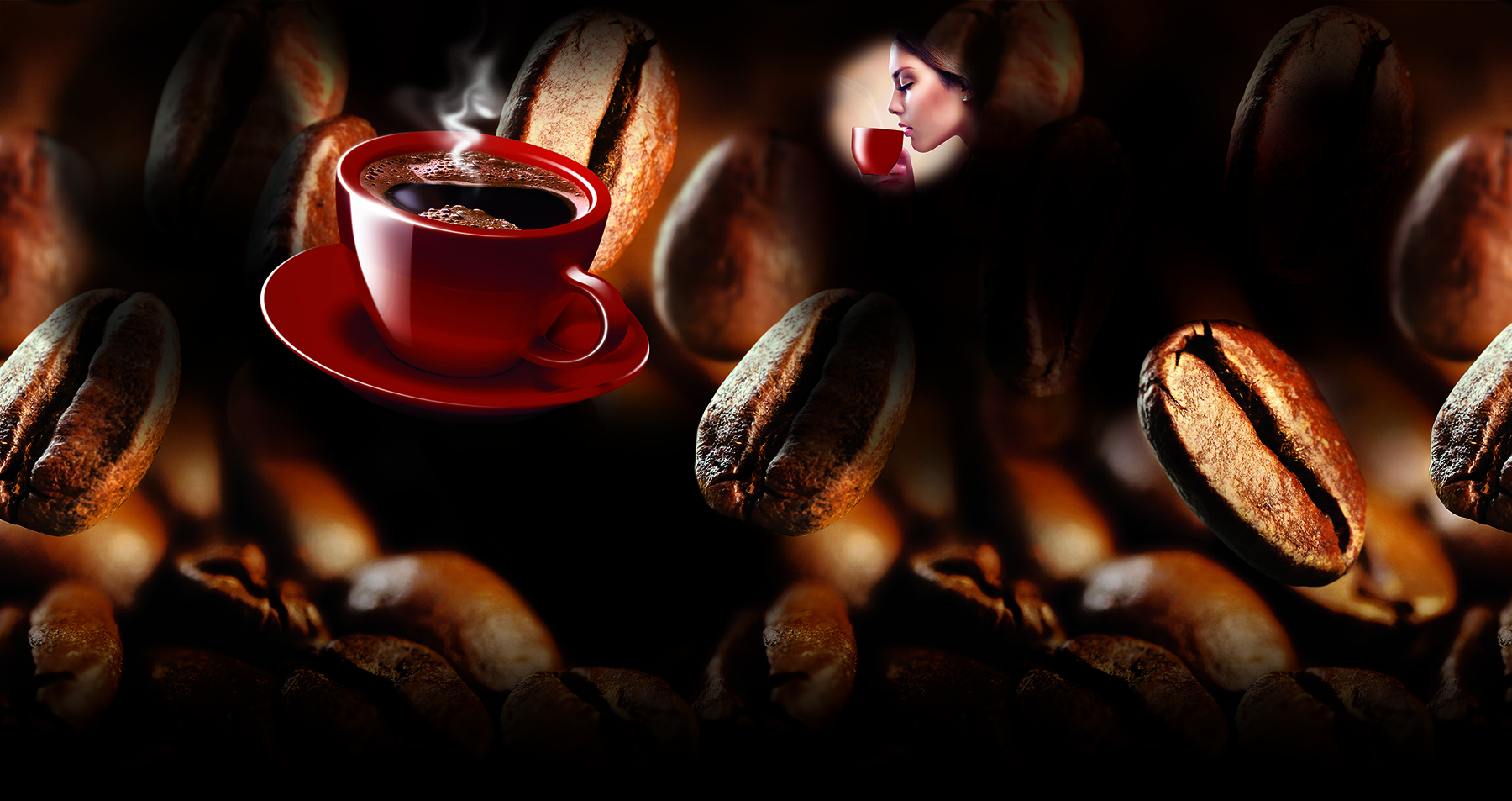
Advice
For a perfect espresso:
• In addition to the ideal pressure of 9 bar and water temperature of 90 to 95 degrees (depending on the coffee blend, a larger percentage of arabica requires higher temperature while a larger percentage of robusta requires lower temperature), it is important for coffee to flow in a thin stream – in 20 to 30 seconds you get around 25 - 30 ml of espresso
• The required amount of espresso ground coffee for an ideal beverage is 7 to 8 gr
• The cream that emerges on coffee is important because it preserves the taste
• Espresso has the best ratio of aromas and caffeine
For a perfect long espresso:
• It is usually ordered because people think it is a "milder" espresso, which is not correct
• After coffee has been flowing for more than 35 seconds, aromas and extracts are no longer extracted, only acid and caffeine – that way you get a larger volume but also more caffeine
• To get a good long espresso, you should make a regular espresso and add regular hot water to increase the volume, but not caffeine concentration
For a perfect short espresso:
• For a short espresso, the flow should last for 20 seconds
• It is wrong to think that shorter coffee is "stronger" because caffeine extraction comes at the end, and in the beginning only aromas are extracted so the short espresso has a more intense taste
• Caffeine has no taste or smell, therefore the taste and smell of coffee do not depend on it
For a perfect cappuccino:
• There are two ways of preparing cappuccino: the traditional and the new way cappuccino
• In the traditional way, the foam from milk is produced with air
• With the new way, milk is important in the cappuccino and it has to be fresh, semi-skimmed milk which increases in volume with heat and creates a stable foam which will be used for the cappuccino – that is the new way cappuccino and it is the only correct way of making it
For a perfect macchiato, coffee with milk and white coffee:
• With macchiato, coffee with milk and white coffee the amount of milk added to espresso depends on the prescribed norm
• For preparation of macchiato it is required to add 30 - 50 ml of heated milk to the espresso
• For preparation of coffee with milk it is required to add 60 - 100 ml of heated milk to the espresso
• For preparation of white coffee it is required to add 150 ml of heated milk to the espresso
• The rule is to add heated milk in all three beverages
Little secrets for a better espresso:
Rinsing
Running water for a short time before putting a portafilter will remove the rest of coffee from the last dose and let out the water that has been in the machine for some time and its temperature has decreased
A portafilter should be clean and dry before putting coffee in the machine pressure: coffee must be equally pressed into the portafilter, otherwise water penetrates the thinnest part because of the heavy pressure, which results in a low-quality espresso due to using just a small part of the dose
Cleanliness
It is required to wash portafilters and brew baskets at the end of each day
Cleanliness of steam wands is important and you should wipe them with a damp cloth every time after heating the milk
At least once a week you should wash the machine, groups and portafilters with a cleaning detergent
Heating milk
While heating milk it is important to keep your hand on the milk container, as human hand can withstand temperatures up to 70 degrees Celsius. As soon as the container becomes hot to the touch, it means that milk is warm enough. The ideal temperature of heated milk is 65 degrees Celsius. Before coffee you should drink water to wash your mouth and prepare it for new flavors that coffee has to offer.

